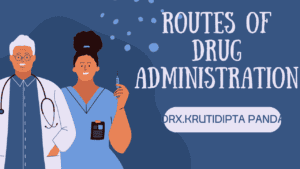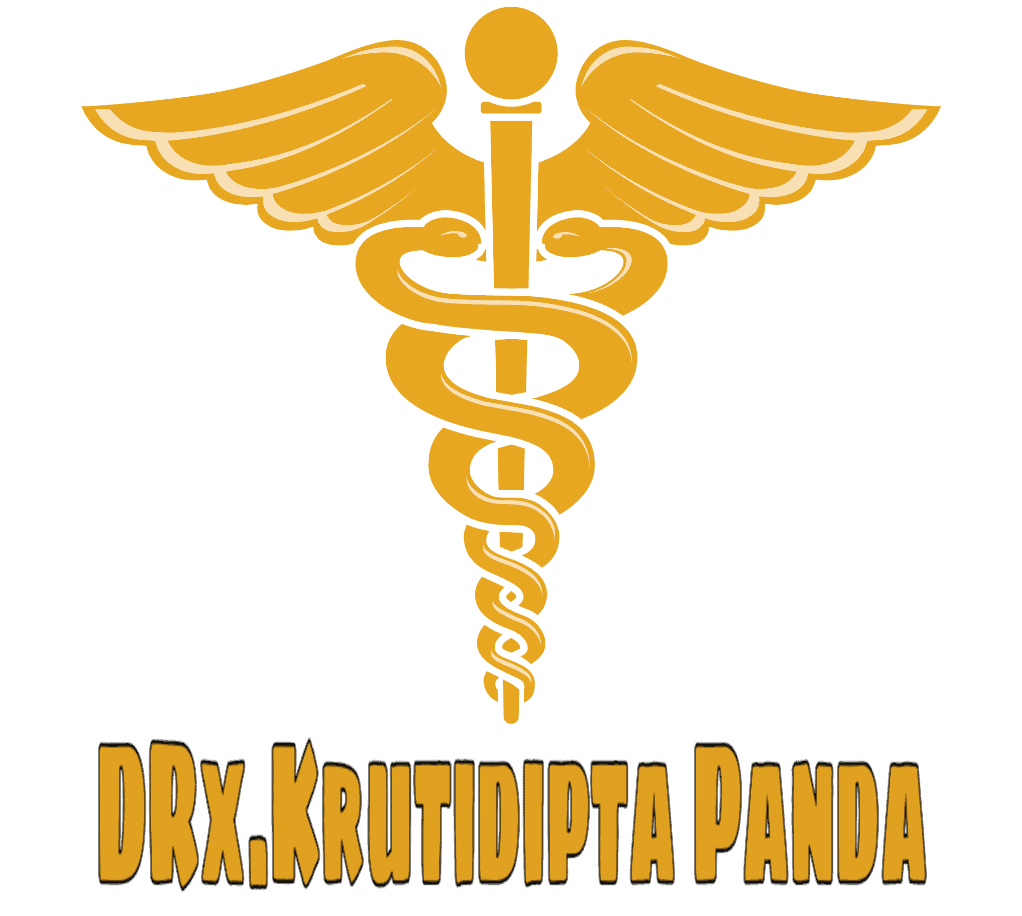Routes of Drug Administration
How drugs are given to people
Depending on the desired result, the patient’s condition, and other factors, there are different ways to give a drug to a patient. How a drug is taken affects when it works, how strong it is, how it works, and what side effects it has. This article will talk about how drugs can be given and the good and bad things about them.

What does it mean to give out drugs?
Drug administration is the process of giving a drug to a living thing so that it has the effect that was intended. Medications can be provided in different ways, such as by mouth, skin, breath, injection, etc.
Oral Way
The most frequent and easiest way to give drugs is by mouth. When drugs are taken by mouth, they go through the stomach system and into the bloodstream. Drugs that can be taken by mouth and are not destroyed by stomach acids are given this way.
Advantages
The oral route is easy to use and less expensive than other options. Also, it’s the best way to get there because you won’t get sick or hurt.
Disadvantages
But the oral method has some problems, like variable absorption, which can be changed by food, pH, and how the gut moves. It’s also not good for drugs that are broken down by the mouth or that aren’t well absorbed by the gut.
Route by Subject
Drugs are taken in through the lungs when a person breathes. Anaesthetics can be given as gases, aerosols, or powders. You can get drugs that work directly on the lungs or all over the body by taking them in.
Advantages
The breathing method has a quick affect, a high bioavailability, and a controlled release, among other benefits. People who can’t eat or need help right away can also use it.
Disadvantages
But breathing in has some problems, like a varying intake that depends on how well your lungs work and how you breathe in. It’s also not good for drugs that need to be taken slowly or don’t dissolve well.
Route by Inhalation
Drugs are taken into the lungs through the breathing method. Anaesthetics can be given in the form of aerosols, powders, or gases. By breathing in, you can get drugs that work directly on the lungs or that have effects all over the body.
Advantages
The breathing method has many benefits, such as a quick effect, a high bioavailability, and a controlled release. It’s also good for people who can’t eat or need help right away.
Disadvantages
But the inhalation way has some problems, like a variable intake that depends on how you breathe in and how well your lungs work. It is also not good for drugs that need to be given slowly or don’t dissolve well.
Route of Injection
When drugs are introduced, they go right into the bloodstream or body cells. Medication can be inserted into a vein, a muscle, under the skin, or directly into the skin. Medicines that need to start working quickly, are bioavailable, and have affects all over the body are given by injection.
Advantages
The syringe method has many advantages, such as a short time to start up, exact dosing, and high absorption. It can also be used for drugs that can’t be absorbed through the skin or are broken down in the gut.
Disadvantages
But there are some problems with the shot method, like the stress on the drug amount and the need for trained staff. It is also not good for people who are afraid of needles or have trouble with bleeding.
Other Ways
There are also transdermal, oral, vaginal, and eye methods for giving drugs. These ways are used for medicines that need to work locally or throughout the body.
Conclusion
In conclusion, how a drug is taken affects when it starts to work, how strong it is, how long it lasts, and what side effects it causes. The choice of path relies on the result you want, the state of the patient,
Other Ways
There are also ways to give drugs through the skin, the mouth, the vaginal canal, and the eyes. Medicines that need to work in one place or all over the body are given in these ways.
Conclusion
In conclusion, how a drug is taken affects when it starts working, how strong it is, how long it lasts, and what side effects it causes. The way you choose depends on what you want to happen and how sick the patient is. You can find routes of drug administration pdf in our
Any Quree Comments, please
FAQ
What are the five routes of drug administration?
Drugs can be taken by mouth, injected, inhaled, put on the skin, or absorbed through the skin. Oral administration is when a drug is taken by mouth. Injection is when a drug is put directly into the bloodstream. Inhalation is when a drug is taken in through the lungs. Topical is when a drug is put on the skin. Transdermal is when a drug is put on the skin through a patch or other device.
What are the general routes of drug administration?
The most common ways to give a drug are enterally (through the digestive system), parenterally (other than the digestive system), transdermally (through the skin), sublingually (under the tongue or between the cheek and gum), buccally (between the cheek and gum), and rectally (through the rectum). The choice of route relies on things like how the drug is meant to be used, the patient’s health, and the drug’s desired pharmacokinetic profile.
What are the 6 right routes of medication administration?
The six “rights” of giving medications are the right patient, the right drug, the right amount, the right route, the right time, and the right paperwork. One of the most important things to make sure that a patient gets their medicine safely and effectively is that it is given through the right method.
What are the four drug routes?
The four common drug routes are oral, topical, inhalation, and injection.

1 thought on “Routes of Drug Administration”